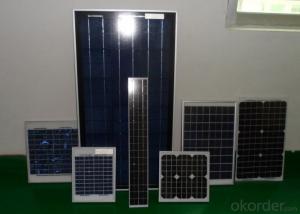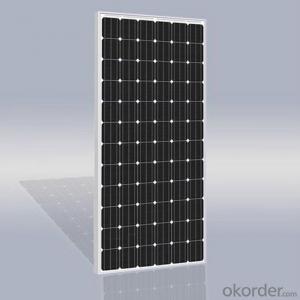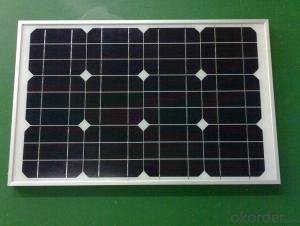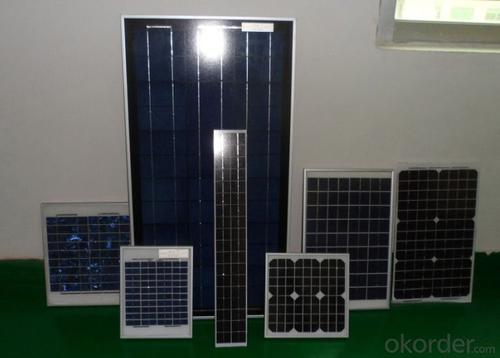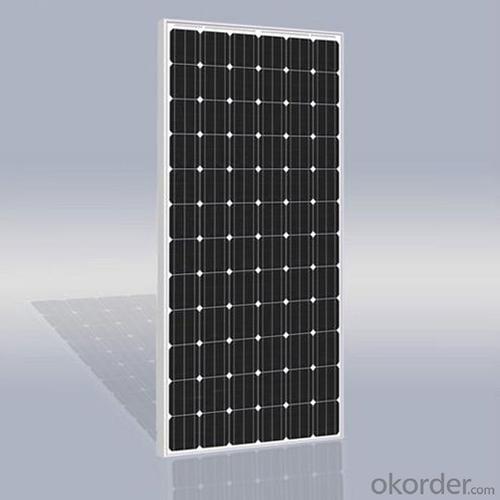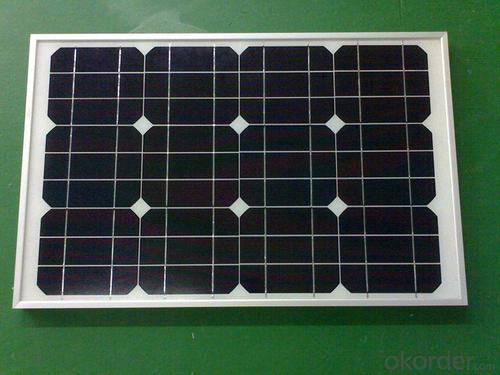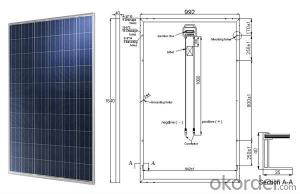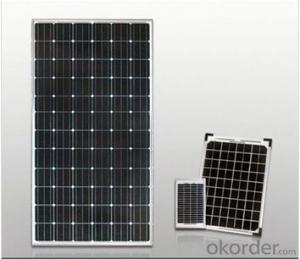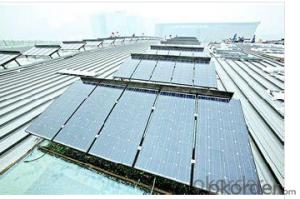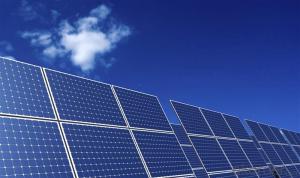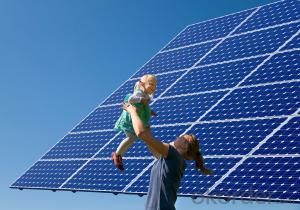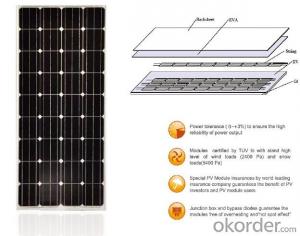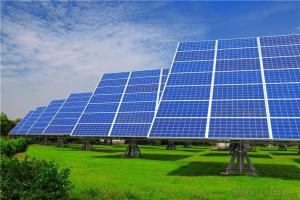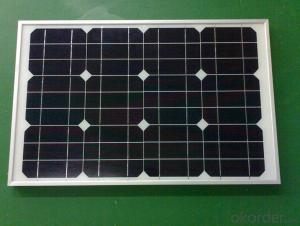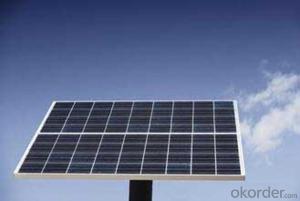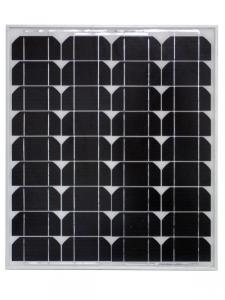Harbor Freight 100 Watt Solar Panels - 280W China Supplier Low Price for Home Use
- Loading Port:
- China main port
- Payment Terms:
- TT OR LC
- Min Order Qty:
- 280 watt
- Supply Capability:
- 20000000 watt/month
OKorder Service Pledge
OKorder Financial Service
You Might Also Like
Features
•Our solar panel is designed according to and complying with all requirements in IEC 61730 and IEC 61215 ed2(Certified by TUV Rheinland )
•We use on our solar panel white tempered glass, EVA, weather-proof substrate film and anodized aluminium frame to provide adequate protection against various environmental conditions
•Visual inspection, performance measurement and dielectric strength tests on every solar module
•Each of our solar panel is backed by a 25 year limited power warranty (≥80%) and 10 year workmanship warranty
•Customization upon request.
Warranty
10 year limited product warranty on materials and workmanship.
25 year limited power warranty on power output.
≥90% power output assurance for 10 years and ≥80% power output assurance for 25 years.
Refer to warranty document for detailed warranty information.
Data Sheet
Material: | Monocrystalline Silicon | Size: | pv solar panels 1956*992*50mm | Number of Cells: | pv solar panels 72(6*12) Cells |
Max. Power: | pv solar panels 250W | pv solar panels: | pv solar panels 300W | Solar panel system: | mono or poly pv solar panel |
pv solar panels power output: | AC and DC | pv solar panels output wave: | pure sine wave | pv solar panels protection: | Overloads, Low Voltage and Under Voltage (alarm) |
pv solar panels life span: | more than 25years | pv solar panels battery: | Maintenance-free lead-acid battery | pv solar panels technology: | IPM or IGBT of Mitsubishi |
pv solar panels upgrade: | easy upgrade pv solar panel | pv solar panels installation: | easy install with manuals |
Product Show
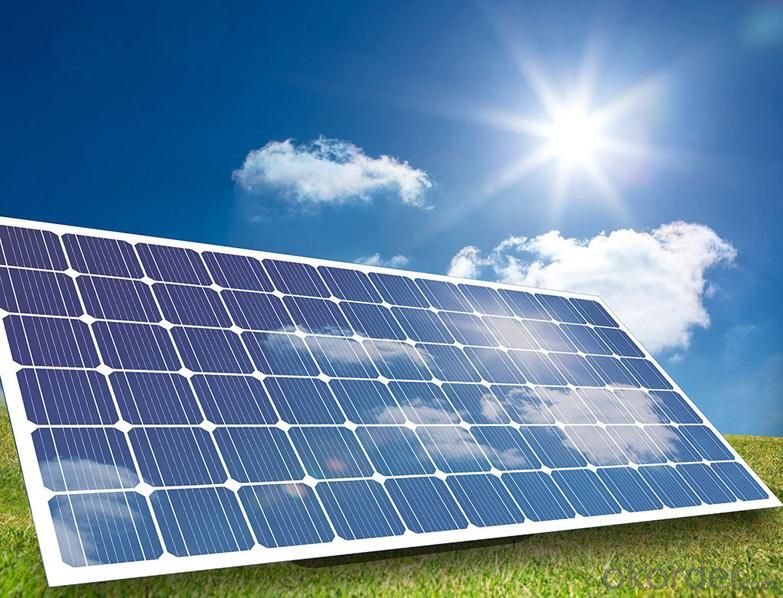
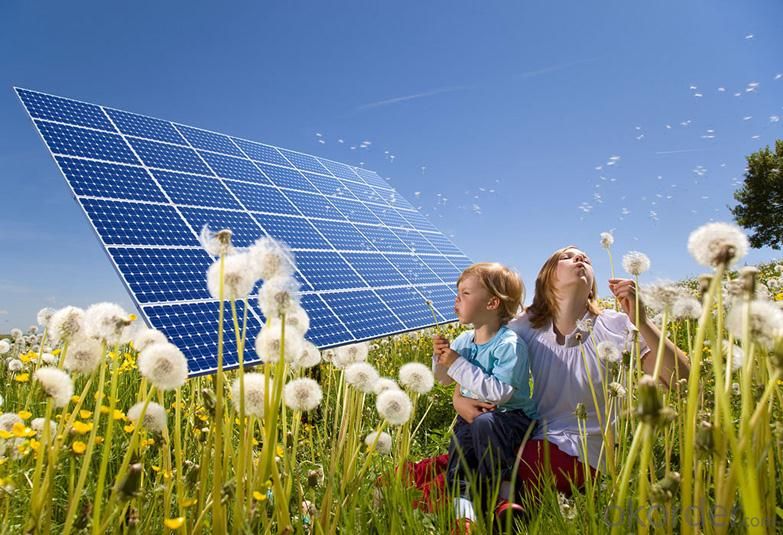
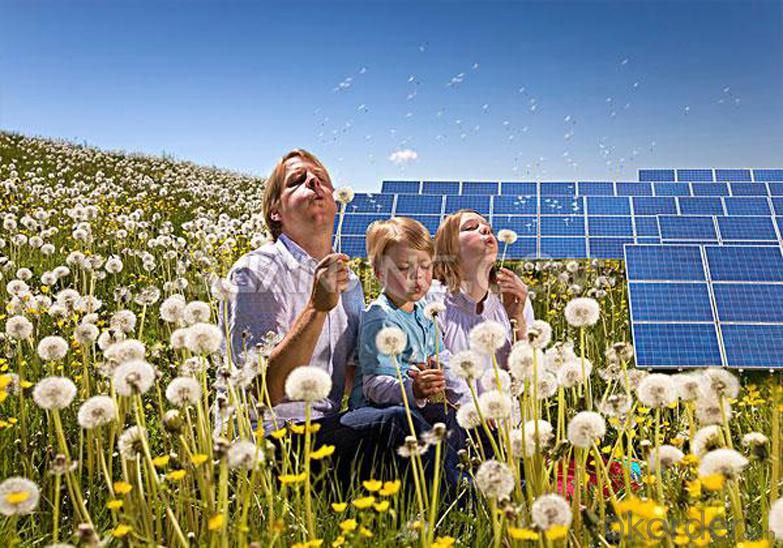
- Q: I want to build a solar panel
- Make okorder
- Q: Do solar panels float?
- I've had people banging on my door to install them unfortunately i can't test the theory The offer came between the government sign-up of insulation where the ensuing deaths of several installers halted the program and the Queensland floods - not a floating panel in sight!
- Q: Can solar panels be installed on a parking lot or carport?
- Yes, solar panels can be installed on a parking lot or carport. In fact, this is a growing trend known as solar carports or solar parking lot canopies. These structures not only provide shade for vehicles but also generate clean and renewable energy. They are a great way to utilize unused space for solar power generation while providing additional benefits such as reducing heat island effect and offering covered parking.
- Q: What's the best deal going on companies leasing out Solar Panels in California?
- you have been very mislead by someone. Or ? did you listen to a Obama speech or something ? EDIT ; thanks for response via e mail. But if you think you can save money by, renting solar panels , then you are a very ignorant person. The only way that a scheme would would work ,is if the company that is leasing the panels to you ,,have bribed lobbied the local or fed politicians to get subsidized to provide the panels. then they get payed to install them and guaranteed to make a profit by the gov. for green energy that is why you have to pay 25 cents , while most people pay 0 cents , because you subsidizing all the profits of these Professional thieves. Who's job is to find new ways to get into that deep pool of public dollars,,tax dollars . Question for you .. Do really think the rented solar panels will? ) pay for installation 2) pay for the cost to buy the panes 3) pay the sales commission to the people that sold it to you 4) pay the on going commission to those that over see them 5) Add to that the higher rate on your elec bill to pay for these people to be subsidized , so they can rent you some solar panels ??????? Like I said ,,,,,,,you must be very ignorant about energy. Or very Ignorant about the thousands of companies that are formed to succk tit of the tax payers. You are ignorant on both of those points. So dont get piisssed of at me for answering your question !!!!! Instead , you should ask why you are so easily led ? Why you are so easily fooled by the users ? That is those that use the gov to use ignorant people like you. HAHAHAAH. And you fell for the whole scam without even realizing it That is why I use the word ignorant ,, because you are. If you dont know what ignorant means google it to find out. because you are,
- Q: Do solar panels require batteries?
- No, solar panels do not require batteries. They generate electricity directly from sunlight and can be connected to the electrical grid to supply power or utilize net metering to offset energy consumption. However, batteries can be used to store excess energy for later use when solar generation is low or during power outages.
- Q: Do solar panels require a specific type of inverter for converting DC to AC power?
- Yes, solar panels require a specific type of inverter known as a solar inverter to convert the direct current (DC) power produced by the panels into alternating current (AC) power that can be used in households or fed into the electric grid.
- Q: Can solar panels be installed on a hotel or hospitality establishment?
- Yes, solar panels can definitely be installed on a hotel or hospitality establishment. In fact, many hotels and resorts are increasingly adopting solar energy systems to reduce their carbon footprint, lower energy costs, and demonstrate their commitment to sustainability. Solar panels can be installed on rooftops, carports, or even as ground-mounted arrays, providing clean and renewable energy to power various operations within the establishment.
- Q: Can solar panels be installed on a data storage facility or server farm?
- Yes, solar panels can be installed on a data storage facility or server farm. Solar panels can be a sustainable and cost-effective solution to power these facilities, as they can generate electricity from sunlight and reduce reliance on traditional power sources. Additionally, the large surface areas often found on roofs or open spaces of these facilities can provide ample space for solar panel installation.
- Q: Can solar panels be installed on boats or RVs?
- Yes, solar panels can be installed on boats or RVs. In fact, it is quite common to see solar panels being used as a source of renewable energy in these mobile settings. Solar panels can provide a reliable and sustainable power solution for charging batteries and running various electrical appliances on boats and RVs.
- Q: Still researching for a car that fully uses solar power energy, suggestions would be nice to.
- certain.The body length to cabin area ratio very small in the picture voltaic automobile.subsequently there are 2 determination to make it ideal for useful use. It must have very large wing area to domicile the picture voltaic cells or a separate connected again vechile might want to carry the picture voltaic panel. yet I have some diverse theory in effective use of image voltaic ability.i exploit it for my workplace fan rapidly from image voltaic panel with out any charging and recharging mechanism.It provides very sturdy air in the course of my workplace hours. the most extreme priced battery is prevented in my layout. it truly is operating nicely in my workplace from the previous 6 months. Our authorities non convectional ability park has shown interest in installation one of their park.
Send your message to us
Harbor Freight 100 Watt Solar Panels - 280W China Supplier Low Price for Home Use
- Loading Port:
- China main port
- Payment Terms:
- TT OR LC
- Min Order Qty:
- 280 watt
- Supply Capability:
- 20000000 watt/month
OKorder Service Pledge
OKorder Financial Service
Similar products
Hot products
Hot Searches
Related keywords
